- Anti-aging
- Dry skin
- Ingredients
Lactic Acid Can Do So Much For Your Skin - Here’s Your User Guide:
Have you been thinking of adding this brightening serum to your skincare routine? Lactic acid is an Alpha-Hydroxy Acid (AHA) that multi-tasks to exfoliate and hydrate the skin at the same time. Sometimes organic, sometimes produced synthetically, when used correctly in skincare formulations, this acid can do wonders to the skin. Perfect for tightening things up and adding brightness where you need it most, incorporating Lactic Acid to your skincare is a game changer but the power (as always) lies in synergy.
What does lactic acid do for skin?
Gently but diligently, this acid works hard refining texture, adding brightness, evening out discoloration and lightening dark spots. That’s not all - depending on the formula, it can minimize the appearance of even the largest pores. Upon immediate use, the benefits of lactic acid are improvement of brightness and smoother skin. But after keeping up with use for a couple of months, you’ll find that you now have a healthy, glowing complexion that appears deeply hydrated with an even skin tone.
How does it work exactly?
This magical acid works by loosening the bonds that hold old, dull cells together on the top layer of the skin. By exfoliating the skin at a deep level, it allows newer, fresher cells to emerge.
How do I use it?
Best for congested, combination and oily skin types, depending on the formula, lactic acid can be used daily or weekly. For a deeply exfoliating peel, you can visit an esthetician or dermatologist on occasion.
How much percentage should my lactic acid have?
The percentage of lactic acid doesn't tell you anything unless you know the pH level of the acid in the formula. For example, if you have 50% lactic acid in a serum at 7 pH, it only has around 0.04% free acid. The reason why the free acid even matters is because that is the percentage of acid that will actually penetrate your skin. If you’re unsure or inexperienced with using acids, start small and work your way up.
Are there any potential side effects?
Just like anything else, it’s all about how you use it. If the lactic acid is a high percentage with a low pH, overuse can cause redness and irritation. Because Lactic Acid is the most researched AHA, the majority of formulas out there ensure safe use. If you have sensitive skin, conduct a patch test to see how your skin may react.
What can I pair it with?
You can pair it with myriads of different moisturizers, serums, and other active ingredients. If you’re prone to dry skin, pair with hyaluronic acid for a boost of hydration. Don’t you dare leave your house or be too close to a window without applying a broad spectrum SPF (regardless if you’re using lactic acid or not).
Is there anything I shouldn’t pair it with?
While lactic acid can be paired with many different skin care products, you should be extra careful when pairing it with active ingredients like retinol, salicylic acid, and azelaic acids. If you’re doing any laser resurfacing treatments, using prescription resorcinol or sulfur, proceed with caution as well.
If you’ve been circling the ‘add to cart’ button of our new Lactic Acid Hydrating Serum but uncertainty has been holding you back, this is your sign. You’ve got the tools you need to proceed with confidence! Just remember - all you need for plump, glowing, even skin is a formula with balanced levels of pH, a good regimen of products to use in tandem and consistent use.





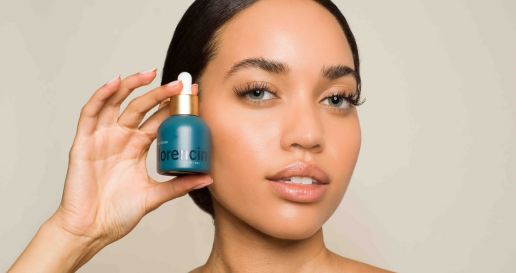
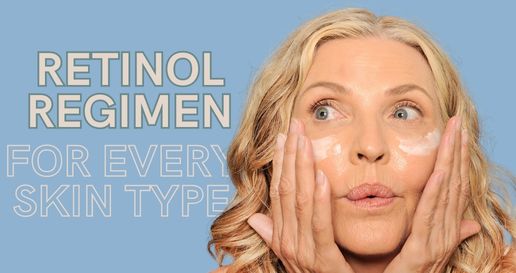
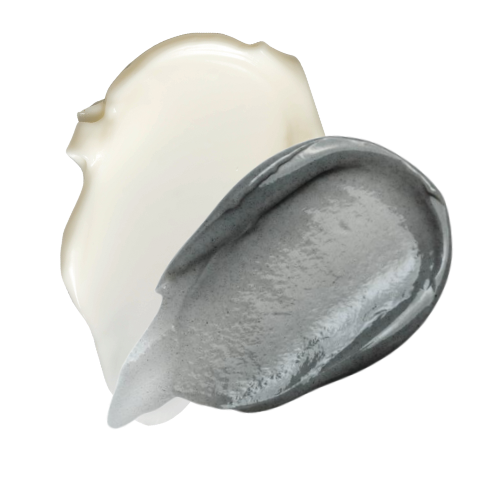
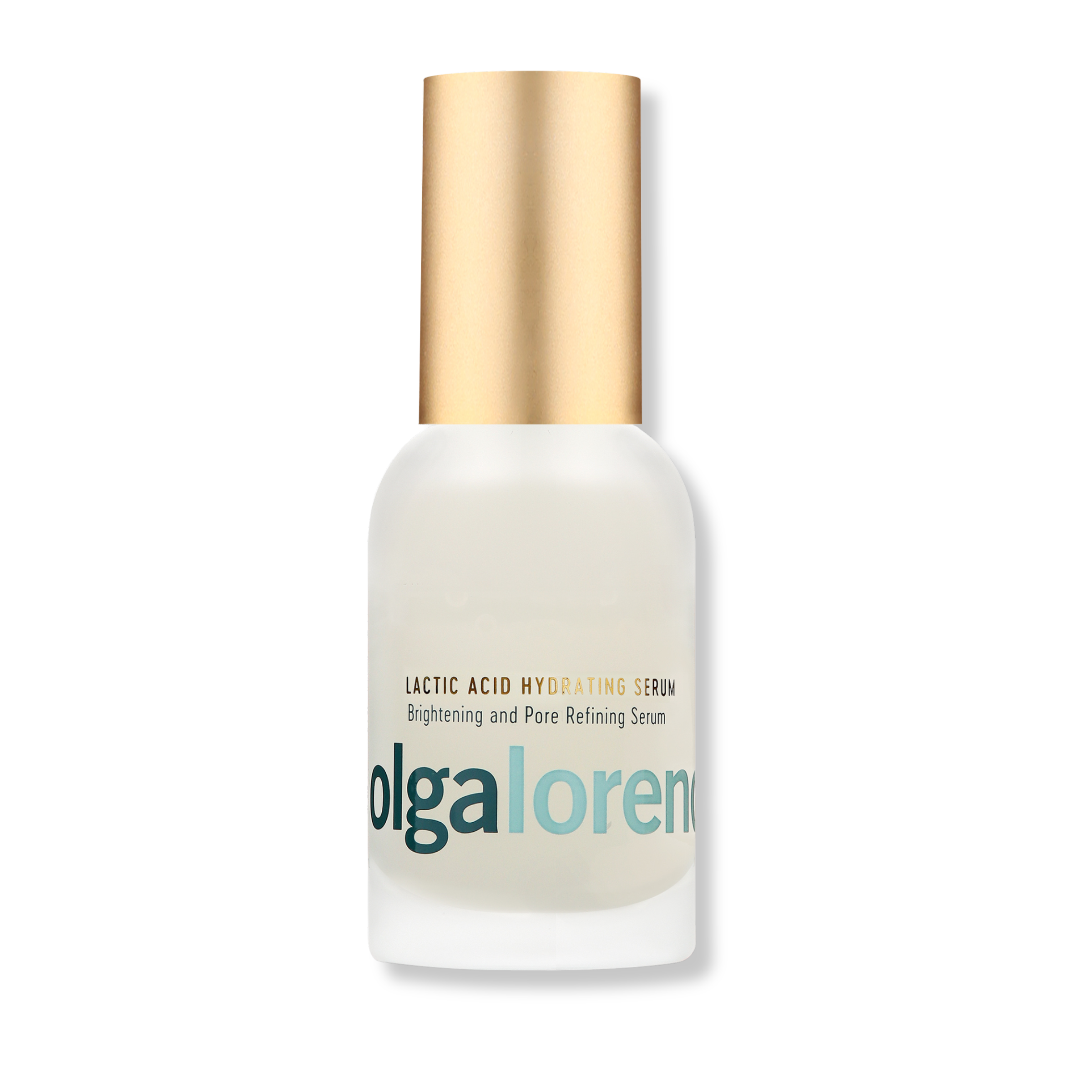
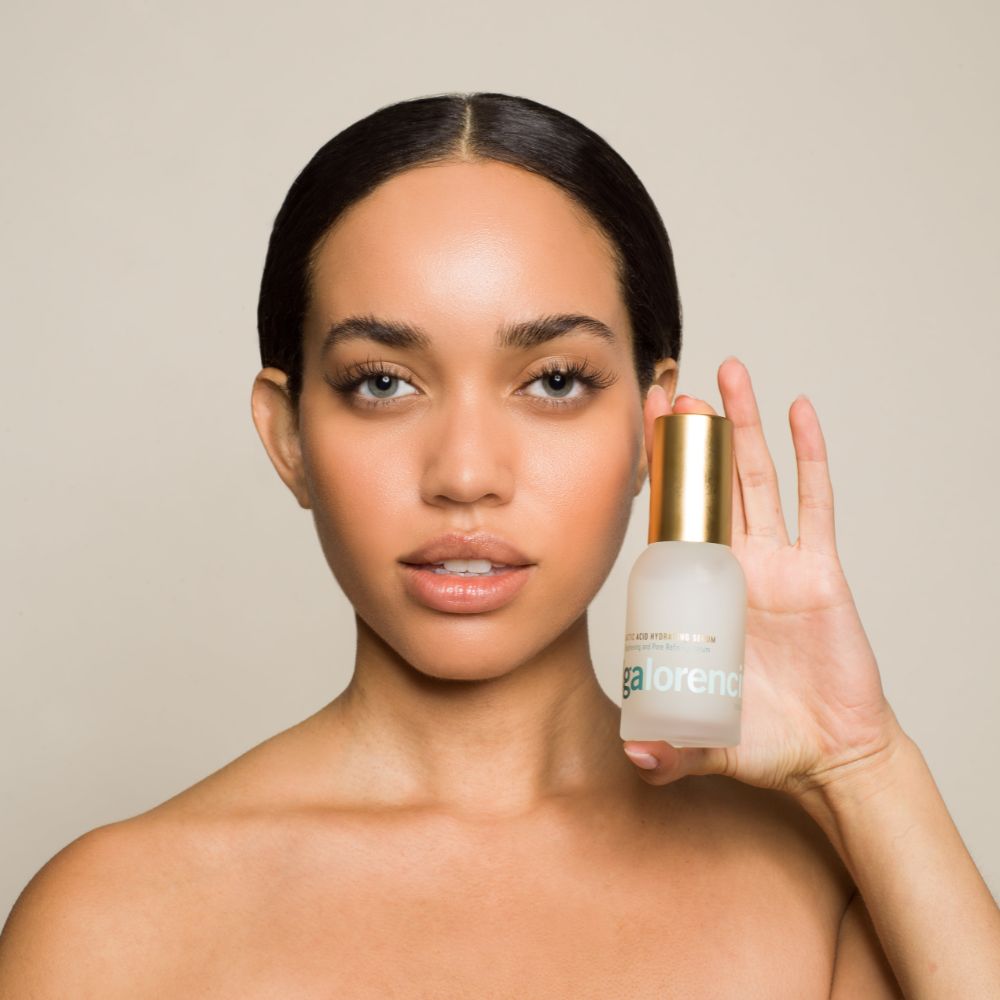

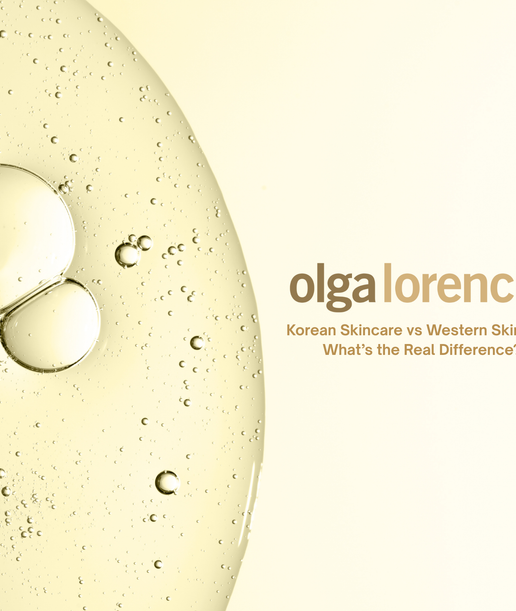
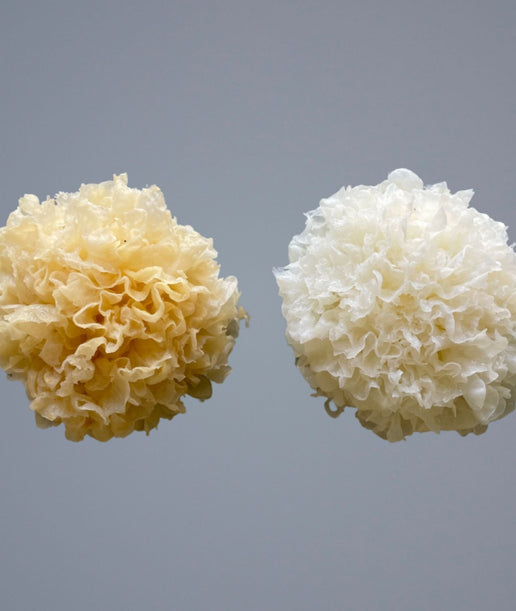
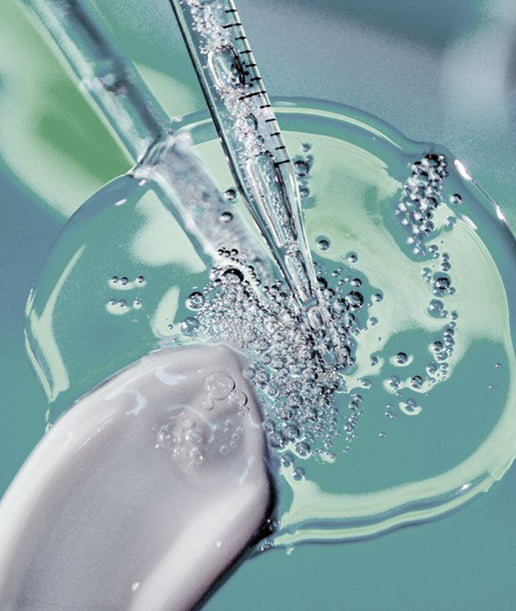
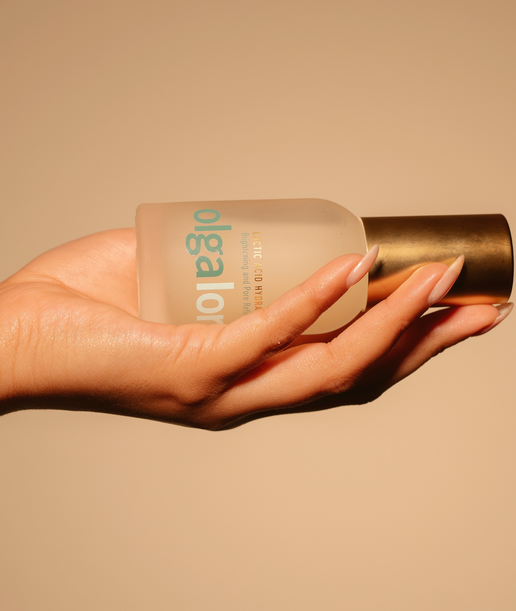



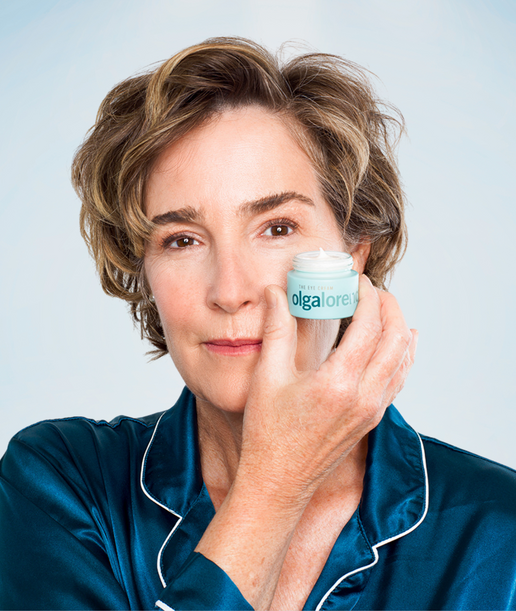



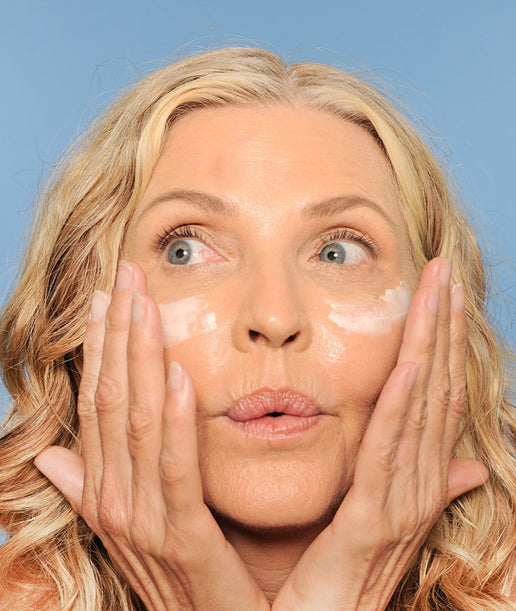

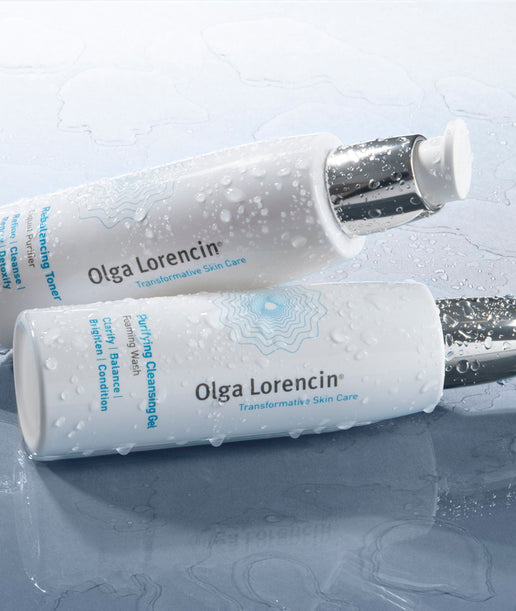
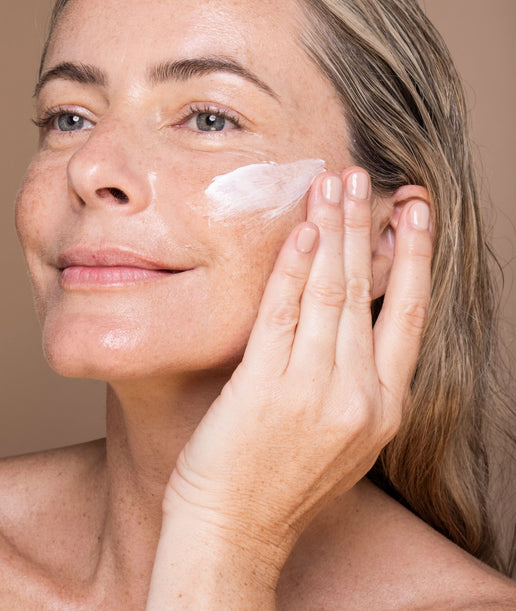

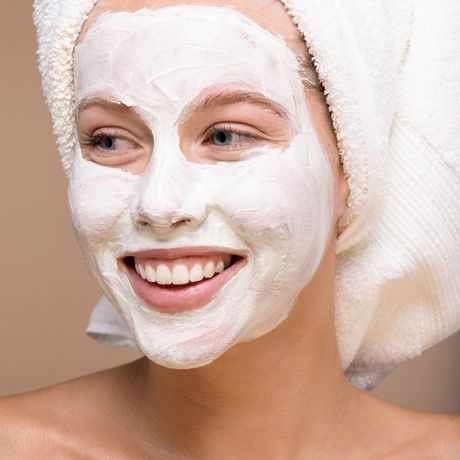
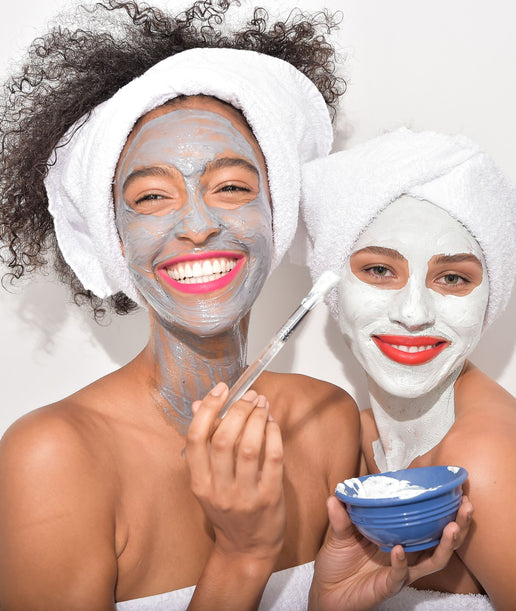

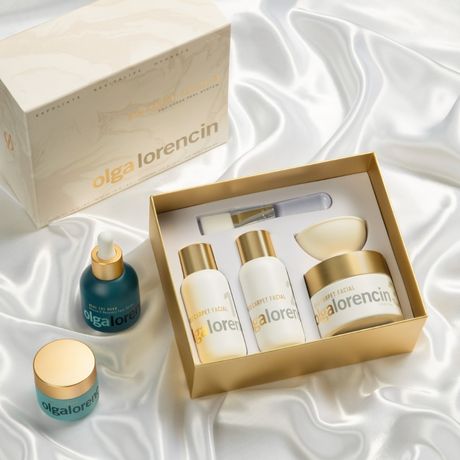
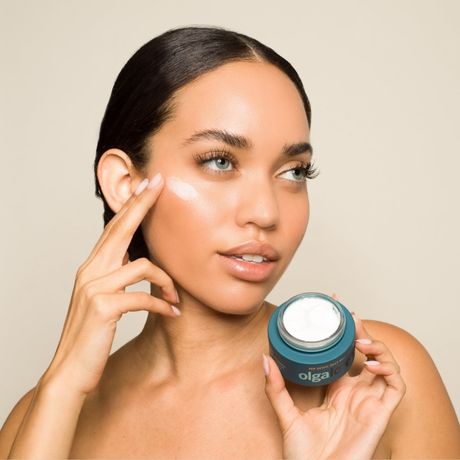

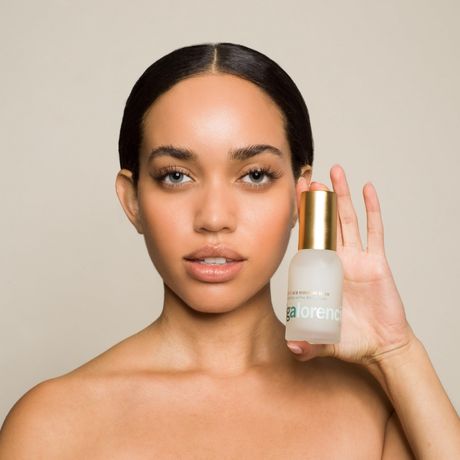





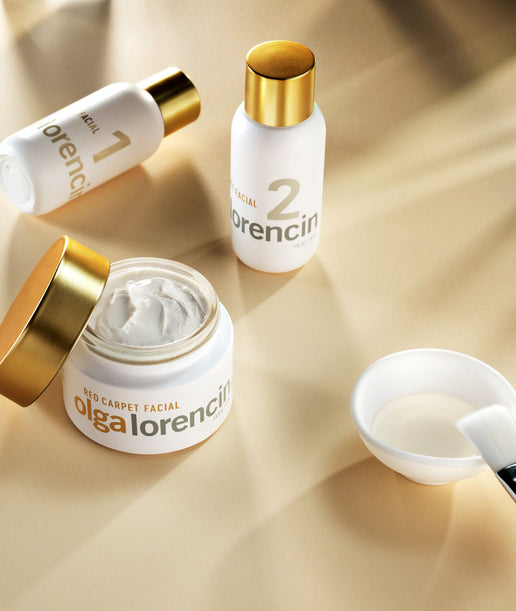

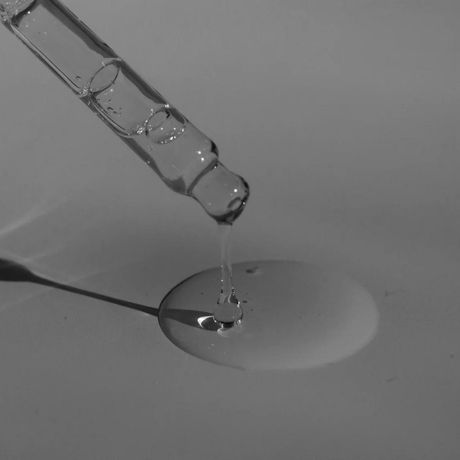

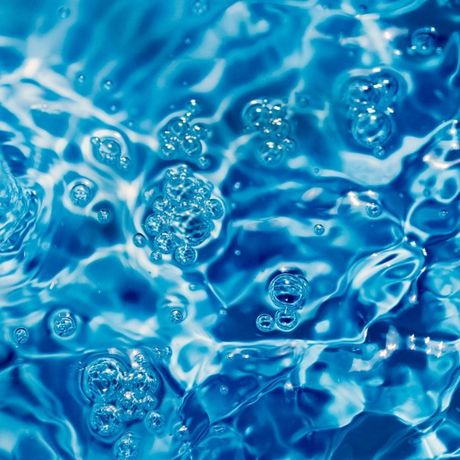
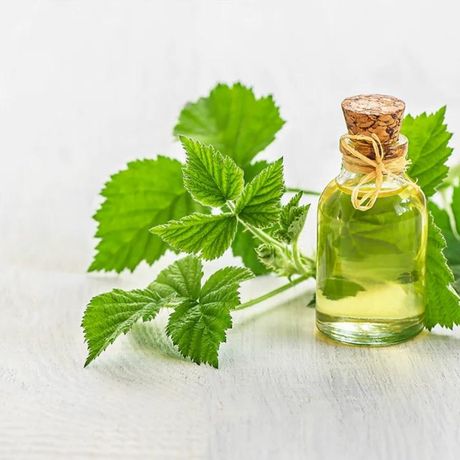
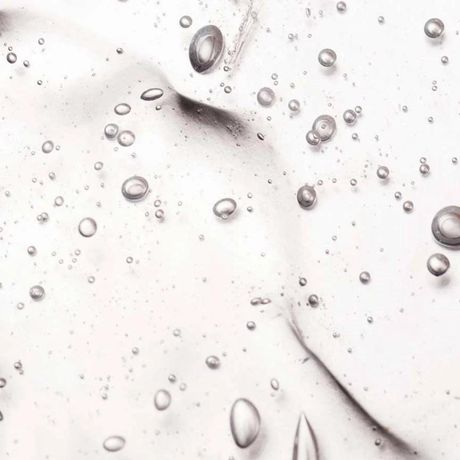
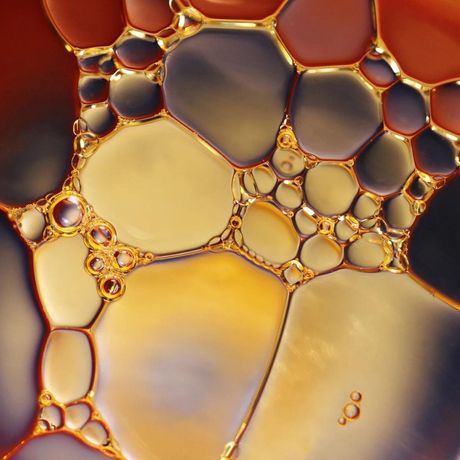
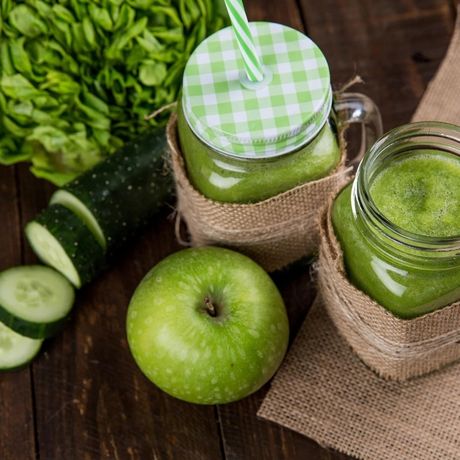
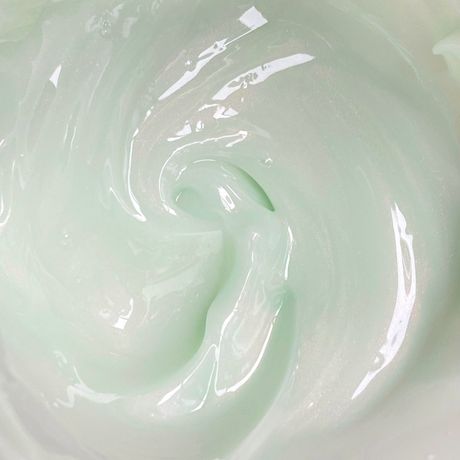
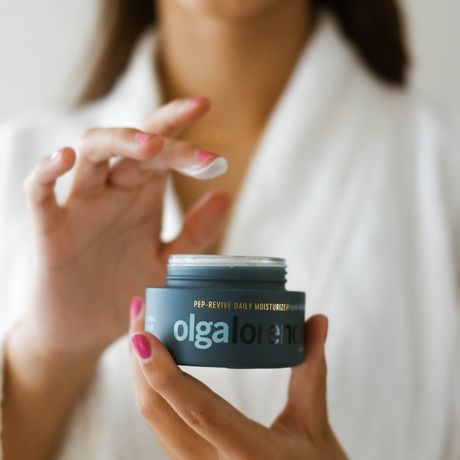
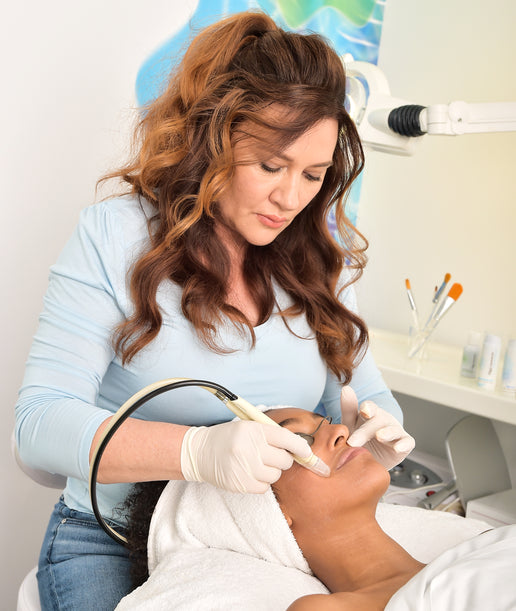
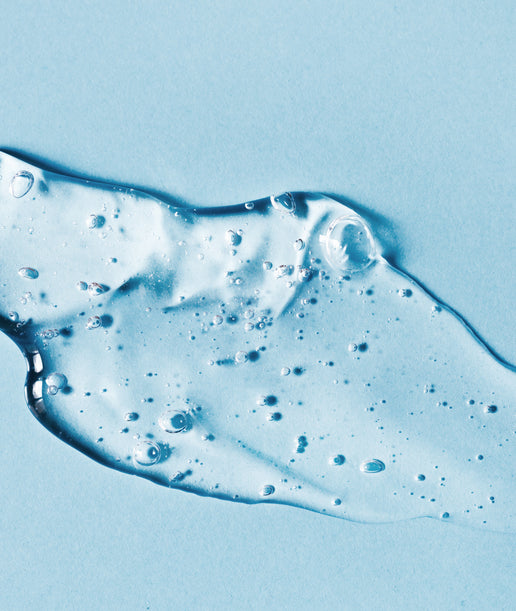
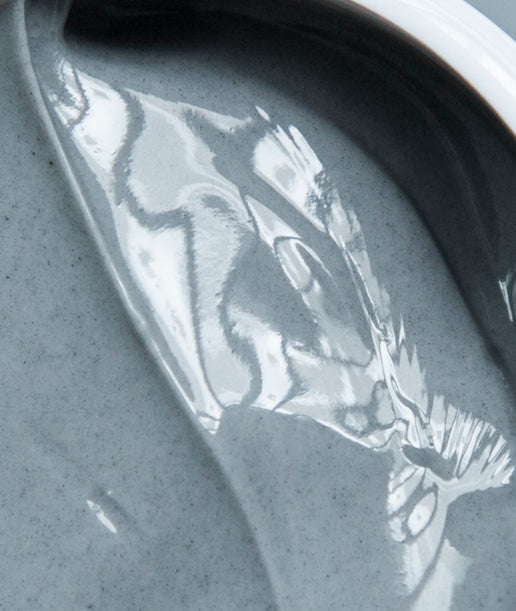
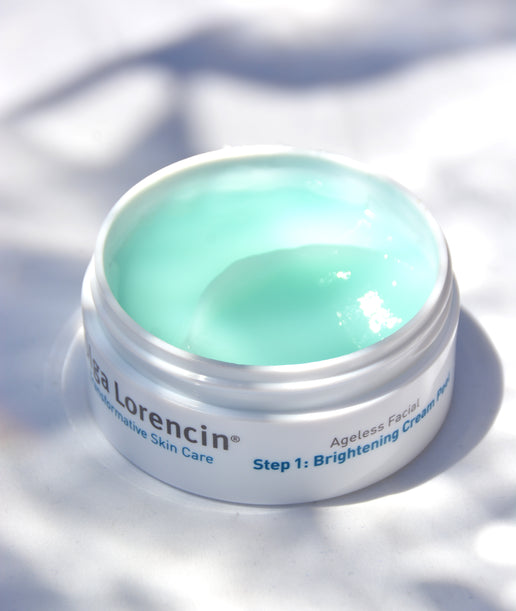

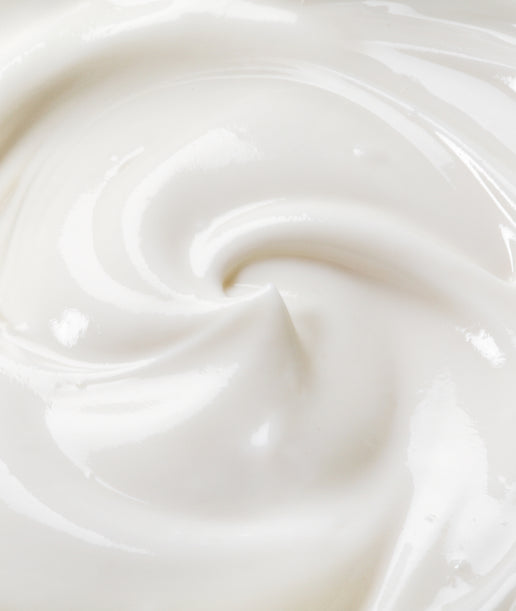
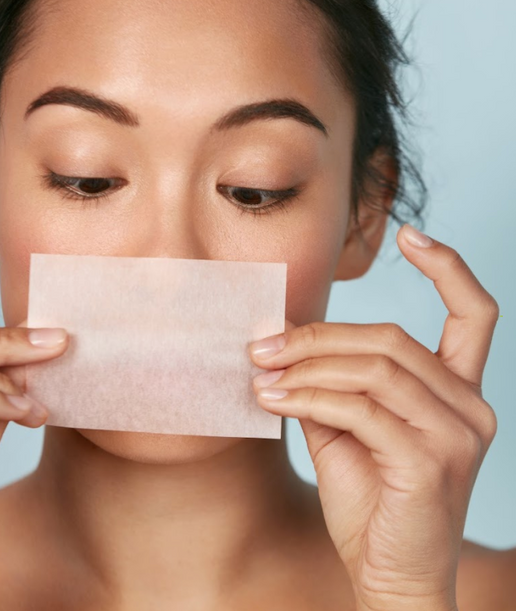
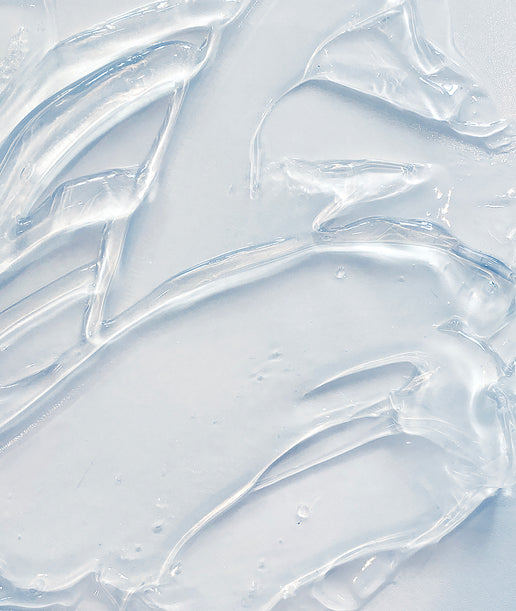
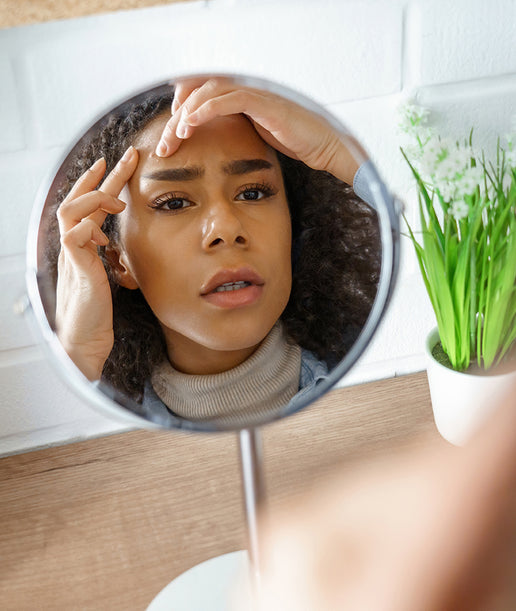


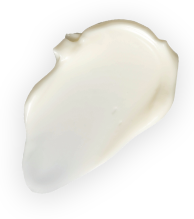 Unlock 15% off your first order
Unlock 15% off your first order